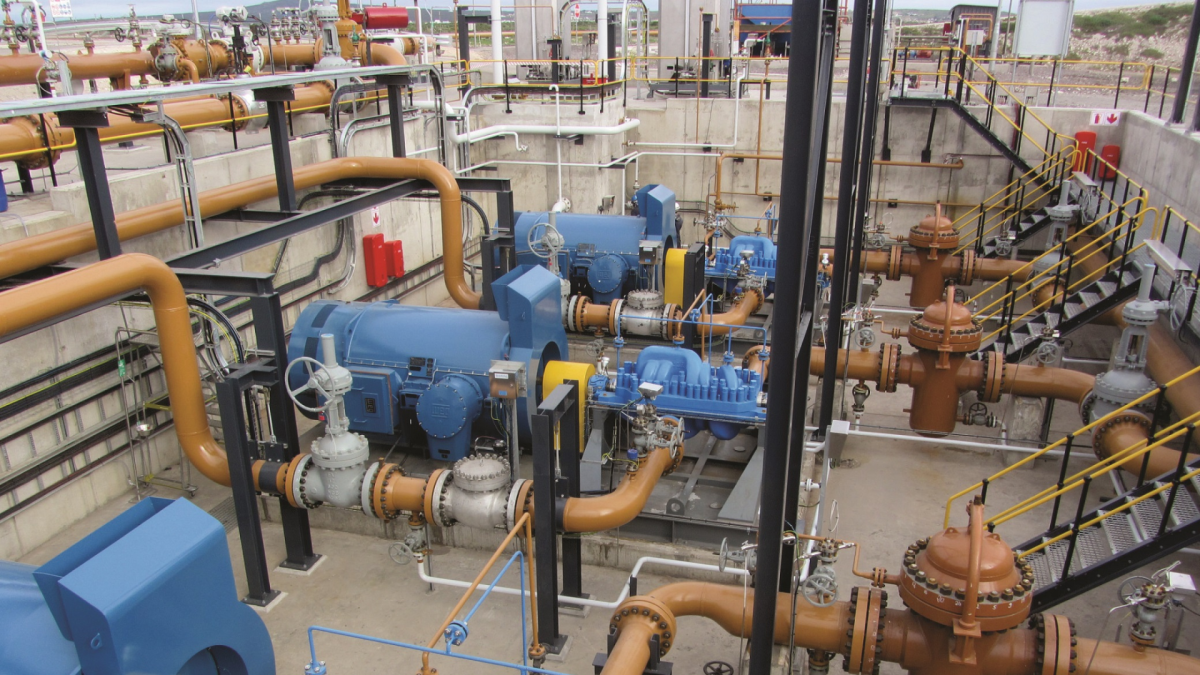
Supplied by PR
thyssenkrupp Uhde’s successful completion of an EPC (Engineering, Procurement and Construction) project has enabled a prominent bulk liquid storage provider to transfer commercial crude oil from its state-of-the-art storage and blending facilities in Saldanha Bay to a refinery in Cape Town via an underground pipeline.
“The project required us to connect the customer’s crude oil storage and blending facility to an existing underground pipeline that runs between Saldanha Bay and Cape Town,” explains Joshua Visser, project manager at thyssenkrupp Uhde.
Following a feasibility study, the thyssenkrupp Uhde team commenced with project execution which Visser explains happened to coincide with the global logistics crisis. “This understandably presented us with a number of challenges which called for innovative forward-planning to ensure that we met our customer’s deadline. We fast-tracked orders for equipment and materials to allow for early procurement. We also closely monitored shipping and logistics which required a number of interventions from our side to help streamline the process.”
The scope of supply included three 1.64 megawatt classified motors that had to be installed on three large multi-stage transfer pumps. Visser explains that, faced with long lead times on the delivery of these motors, the forward-thinking thyssenkrupp Uhde team ensured that the pumps and bases were delivered to site before fitment of the motors. “The bases were manufactured using laser surveys provided by the motor manufacturer, making the parallel manufacture of the pumps and motors possible, saving valuable time.”
According to Spiro Comitis, chief process engineer at thyssenkrupp Uhde, the installation was extremely complex and he unpacks some of the contributing factors: “The main suction line to the transfer pumps was located underground in a narrow corridor between existing infrastructures at a depth of approximately three meters. In addition, it had to be routed below the already-built concrete-encased pipes. In addition to complex rigging and confined excavation, we were presented with some extremely challenging welding conditions. On top of this, the thyssenkrupp Uhde team also had to manage pre-existing control and electrical infrastructure in the working areas.”
Comitis further adds, “Regarding the hydraulics, the challenge was to maximise crude oil transfer rates while ensuring good alignment with critical design constraints inherent in the existing pipeline and its receiving-end control systems. We were able to meet this objective without the use of additive flow improvers. Nonetheless, the new installation is also capable of flow enhancements if the need arises, thus catering for instances of abnormal peak demands. This is achieved with the introduction of a drag reducing agent fed directly into the pipeline via a controlled injection feeding system.”
“We are pleased to report that the project has been completed successfully and that the plant is operating comfortably within its design requirements,” affirms Comitis. “The thyssenkrupp Uhde team once again delivered, drawing from our decades of EPC experience and know-how.”

